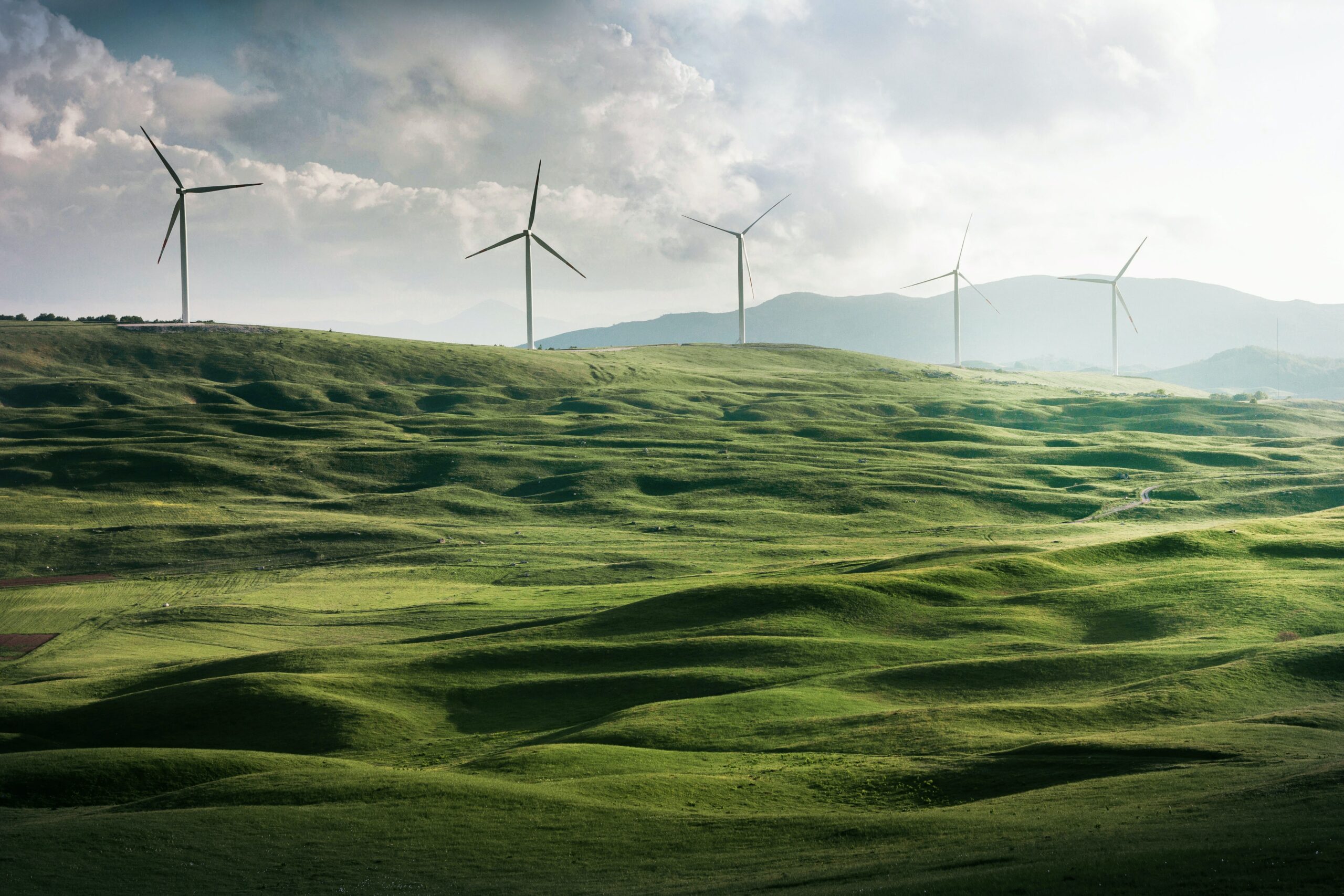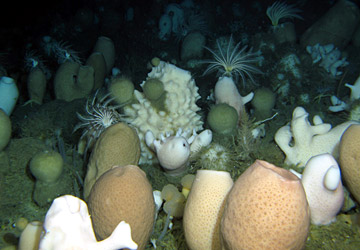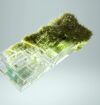Sea Sponges Show Effects of Climate Change
Rare Antarctic species grow and multiply as water warms
It is becoming more apparent that the climate instabilities caused by the adding of greenhouse gases (GHGs) to our atmosphere is having effects in unusual places all over the world. It is unfortunate that many of the conservative predictions of the IPCC – the International Panel on Climate Change, seem to be on the low side, and that the overall trajectory of the warming of the Earth’s atmosphere is heading past two degrees Celsius, towards four or even a catastrophic six degrees, and at a much quicker pace than was thought possible by scientists a few years ago. This year the concentration of GHGs in the atmosphere passed 400 parts per million, a significant marker-point.
The effects are showing up everywhere. Now new research has picked up on surprising changes in the Antarctic glass sponge – a rare creature made of delicate silicates (glassy material) that lives in the icy depths of Antarctic waters. They are generally cream-coloured, bulb-shaped, and range in size from a teacup to a small car. The sponges are filter-feeders which live off debris that drifts down from upper waters. Normally these creatures have a very slow metabolism. They can remain inactive and show no signs of growth or reproduction for decades.

Image sequence from top left to bottom right. The blue colour in the final picture is the debris of sea ice remaining: 3,250 square kilometers, or 1,250 square miles of permanent ice has disintegrated, the largest collapse ever seen.
Now the warming waters of the antarctic, affected by the collapse of the Larsen Ice Shelf on the Antarctic peninsula, has brought sunlight and new sources of plankton to these creatures and their size and population has exploded, according to a new scientific expedition which explored this part of the Weddell Sea for the first time in four years. The scientists discovered that the glass sponge population had roughly tripled since their last visit. “Glass sponges may find themselves on the winners’ side of climate change,” they reported in the scientific journal Current Biology. This is one of the unintended consequences of humans tampering with the climate. It is not possible to work out what will happen, and the Glass Sponges gain will probably be a loss for some other species.
Visit GreenJobs for the latest Climate Change Jobs.





Dear Mr. Julian Jackson,
this post is amazing!!
Would it be possible to get any kind of collaboration??
I am an Italian graduate in Earth/Environmental Science and I am living in central London.
Don’t hesitate to contact me for any CV, resume, referees.
Thank you very much.
Francesco
Thanks for your enthusiasm Francesco.
The scientists involved in this research were from the following institutes and if you wish to have further information I suggest you contact them:
Alfred-Wegener-Institut, Helmholtz-Zentrum für Polar- und Meeresforschung, Am Alten Hafen 26, 27568 Bremerhaven, Germany Forschungsinstitut und Naturmuseum Senckenberg, Senckenberganlage 25, 60325 Frankfurt am Main, Germany Sven Lovén Centre for Marine Sciences, University of Gothenburg, 452 96 Strömstad, Sweden